Jack and the Beanstalk and Planting Grass Seeds
This week in summer school we have been learning about plants. We have been studying what are plants, what do plants need to grow as well as reading fictional books about plants.
Since it is summer school and most of my reading materials are packed away, I have been using EPIC! online as my reading source.
It is a FREE resource for teachers to get fun and engaging literature on almost any topic. I created a login using my school email and that was it! I wanted to read an ENJOYABLE non-fiction book about plants to get students excited about our theme so I read, “Jack and the Beanstalk.” You can never go wrong with a classic!
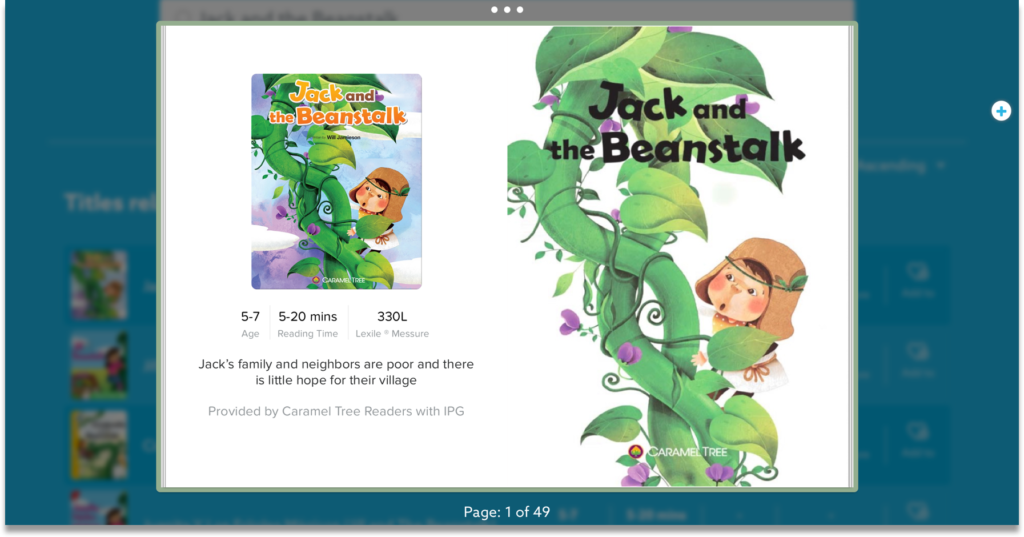
Some other book suggestions that came up was “Jack and the Bean Pie” and we read that book too! The kiddos LOVED a different take on the classic story! Then we read, “Cinderella and the Beanstalk” and the crowd went wild! Don’t you just love it when kids love listening to stories? #winning
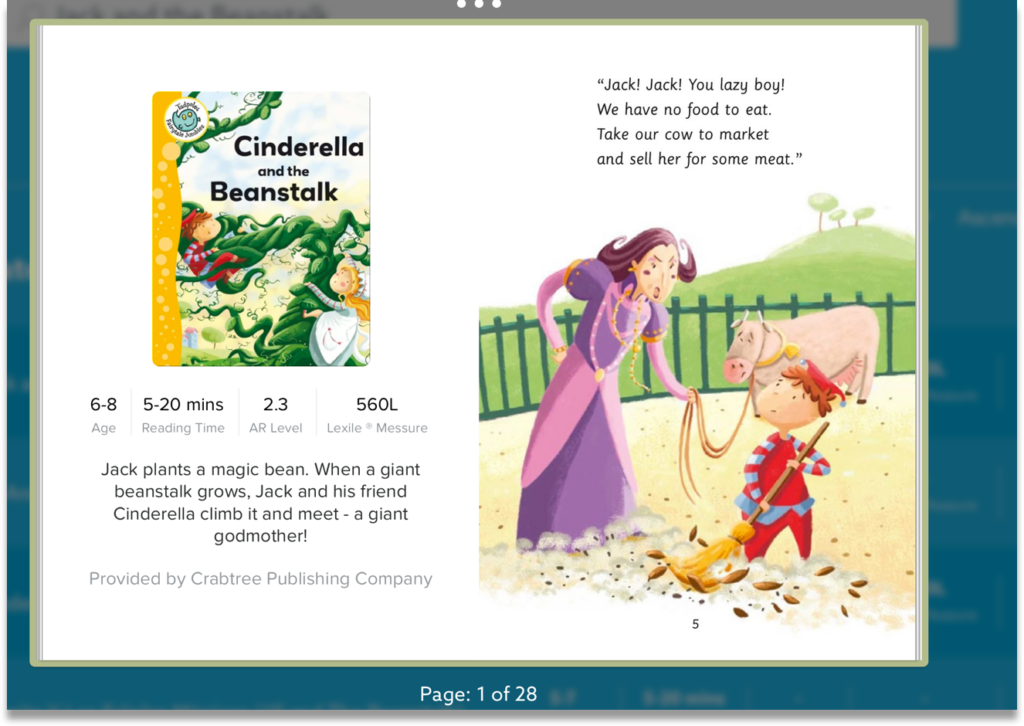
There was a TON of non-fiction texts for us to read about plants as well. We read, “Plants Are Alive” and other non-fiction texts. Each book tells you the age range, the reading time, and Lexile measure so I was able to pick appropriate books!
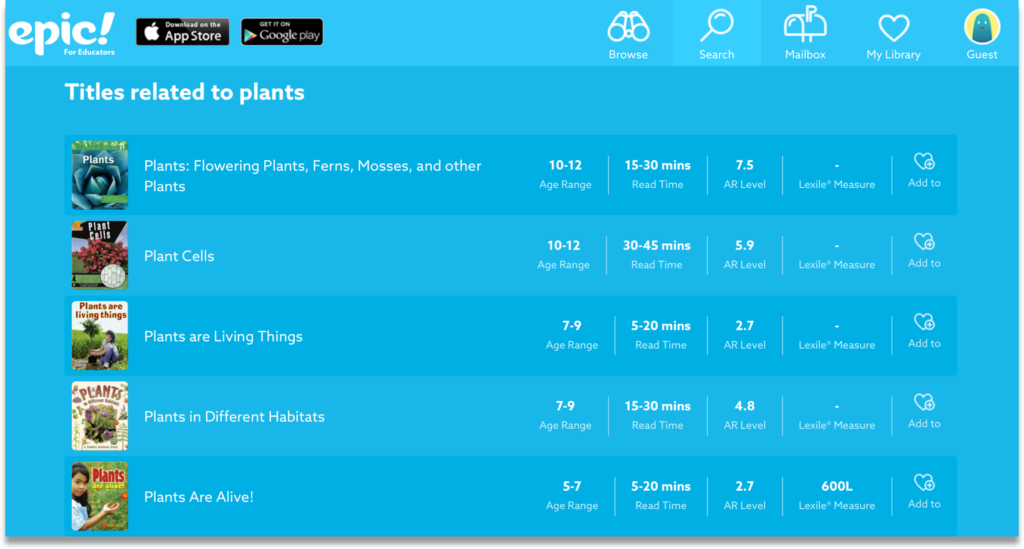
We’ve been talking about plants and reading stories like “Jack and the Beanstalk” for several days so it made sense for us to plant bean seeds grass seeds!
We actually would have planted bean seeds but I was worried that we would not see a significant change in time (we only had 5 days of programming left). So, I used grass seeds left over from my school science kit and we grew grass seeds (I’ve grown grass seeds before and they grew in like a week!)
The students were SO excited when they received their grass seeds. They were describing them using sensory words and we even went for a “grass walk.”
After we planted the grass seeds, we collected data by drawing a picture to see how they have changed over time. Some students made observations and wanted me to help them record what they notice. Some students are not writing yet so I wrote for them.

Collecting data with little ones was easy! I made a grass observation data collection sheet that looked like this:
Students wrote their names and colored in the grass pictures (we were working on coloring a page using real colors; as you can see that is an area of need) and colored the cups to look like their plants. Then, I taped it to the bulletin board so students can see the progress. Viola!
There wasn’t much to see at first but on the sixth day, we saw a lot of grass!


Imagine my excitement when the students were actually using vocabulary from the text to describe what they were seeing! There was a lot of discussion about stems and soil and roots. And some students lift the cup up and noticed the roots at the bottom!
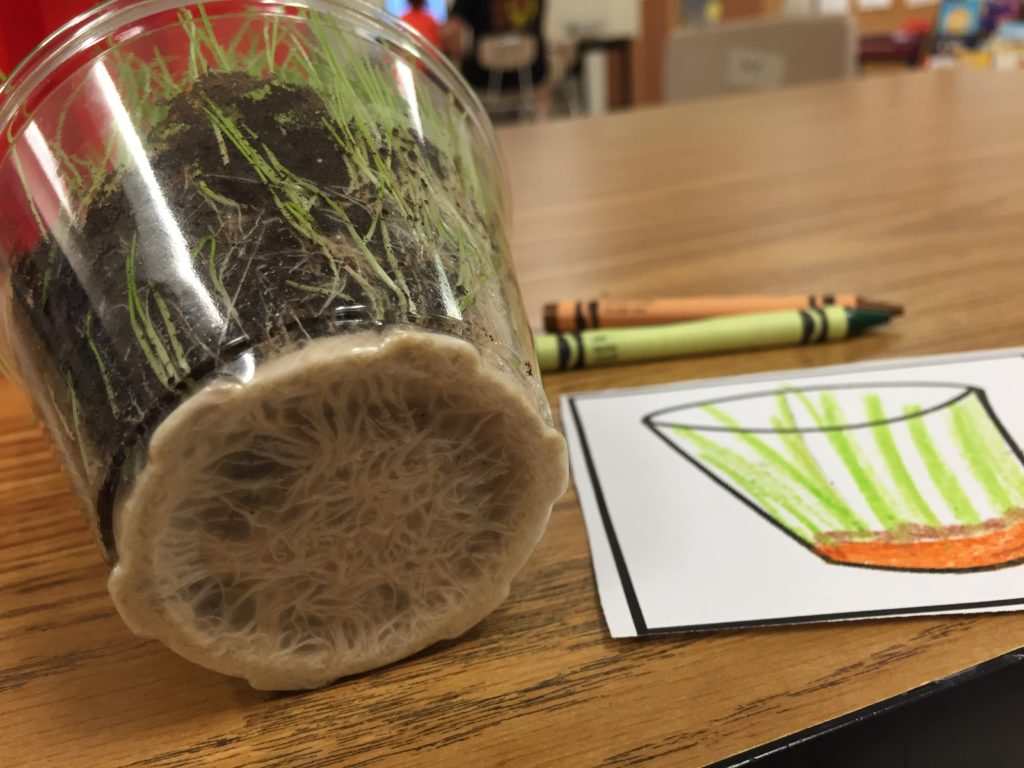
When planting seeds, I definitely recommend using clear plastic cups for this activity. Students were able to visibly see the different parts of a plant.
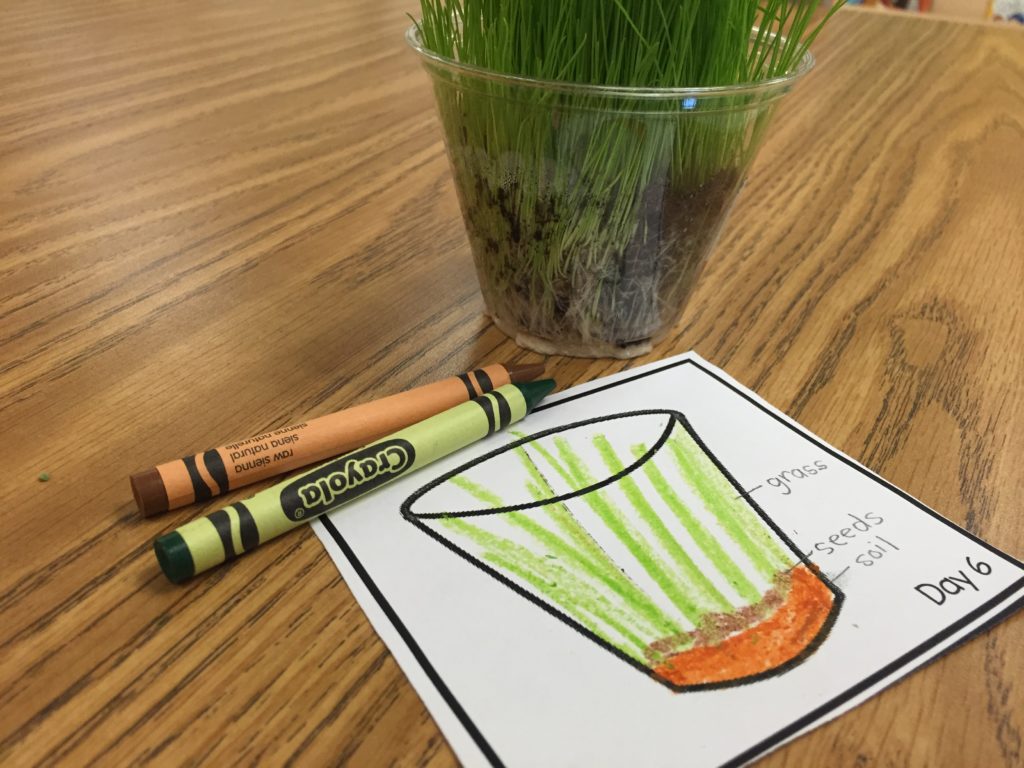
Click the images to download the worksheets that I used for this activity! Please share your plant stories in the comments section.
Happy Teaching!
Tee

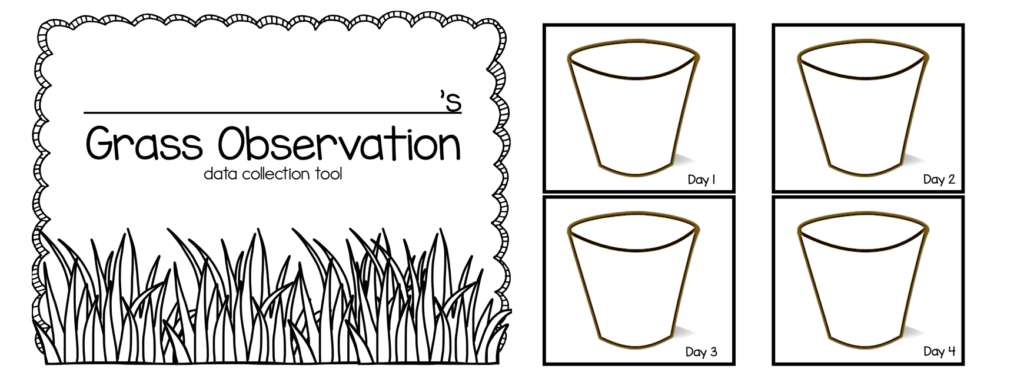
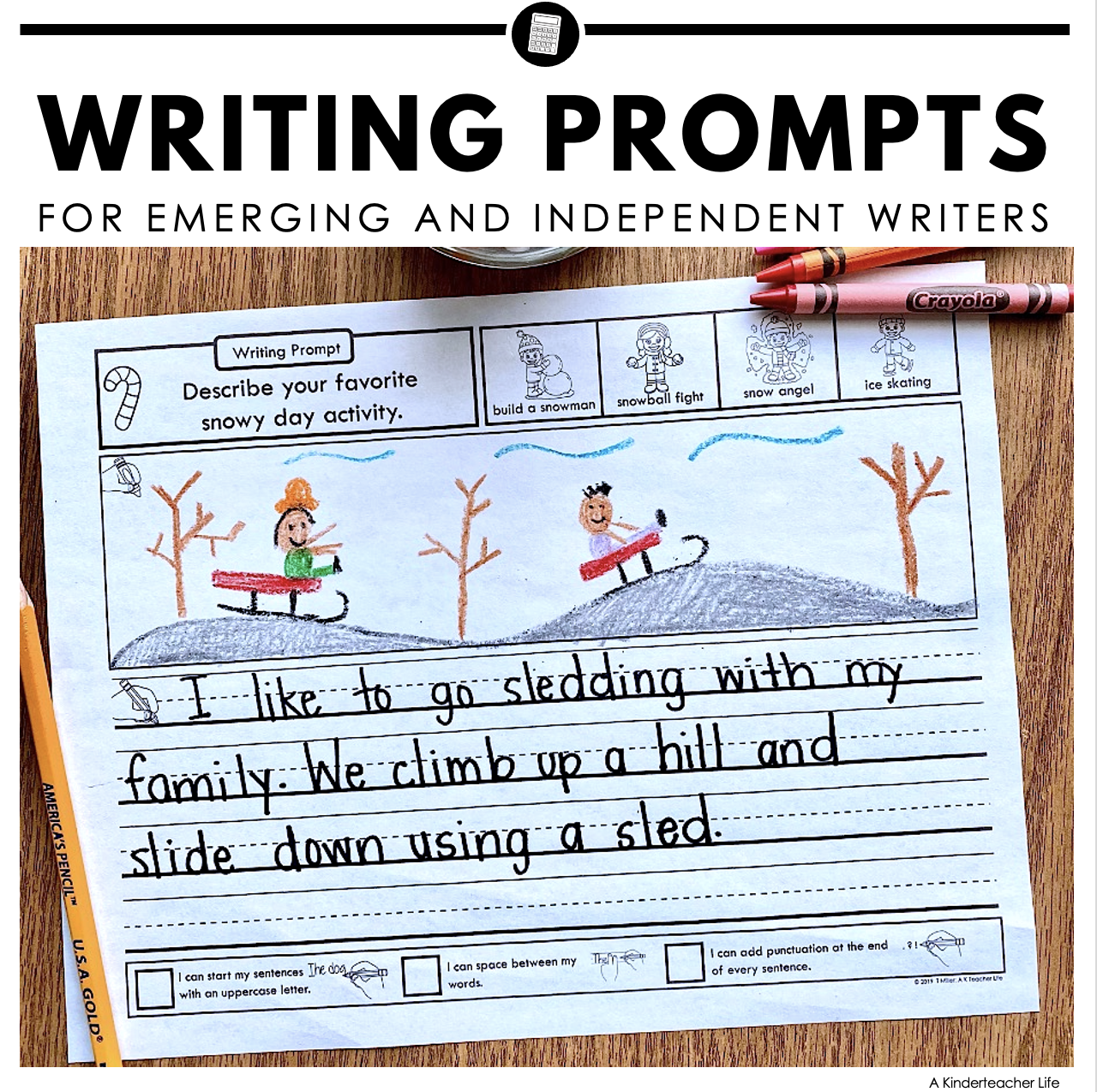
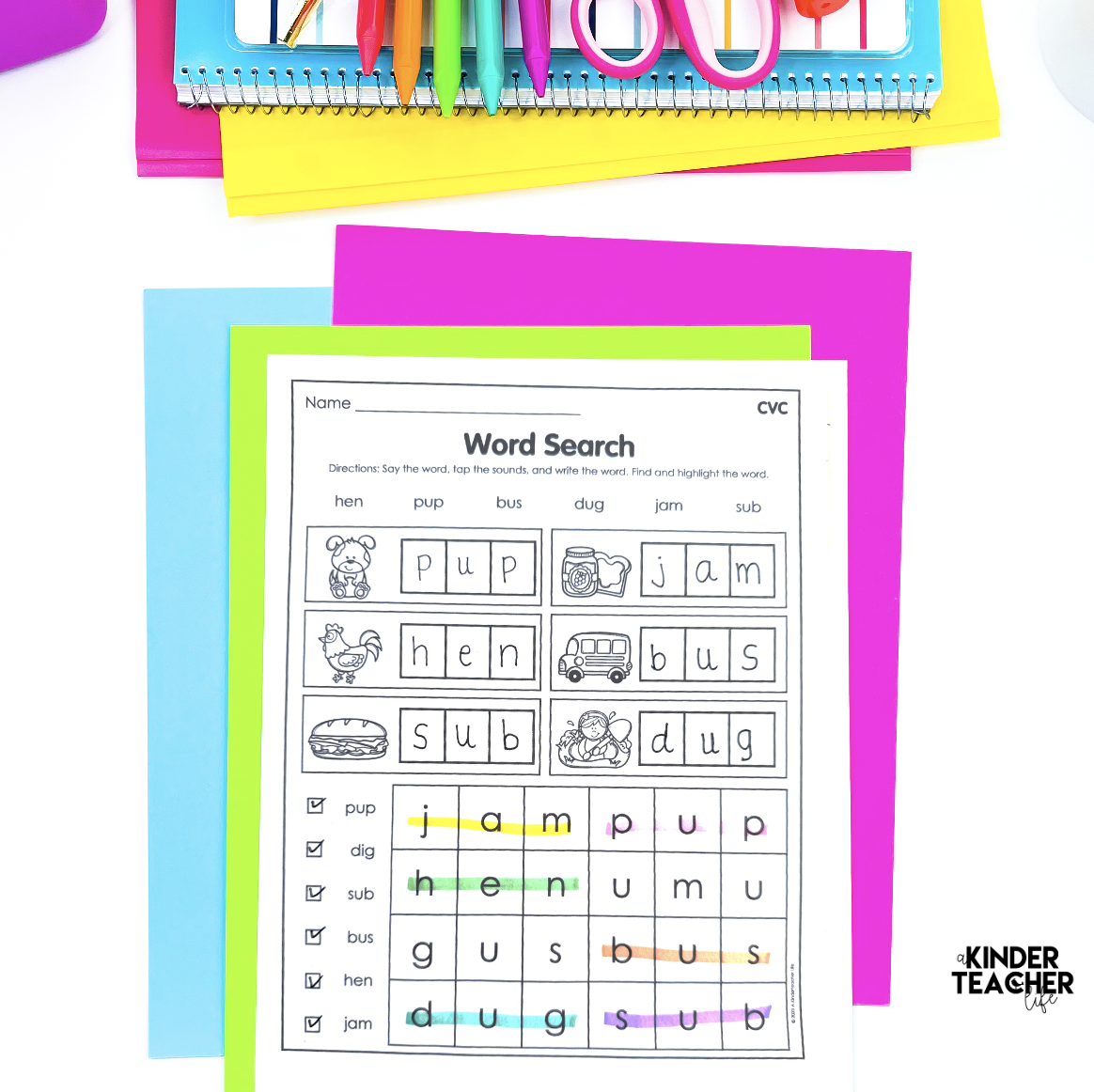
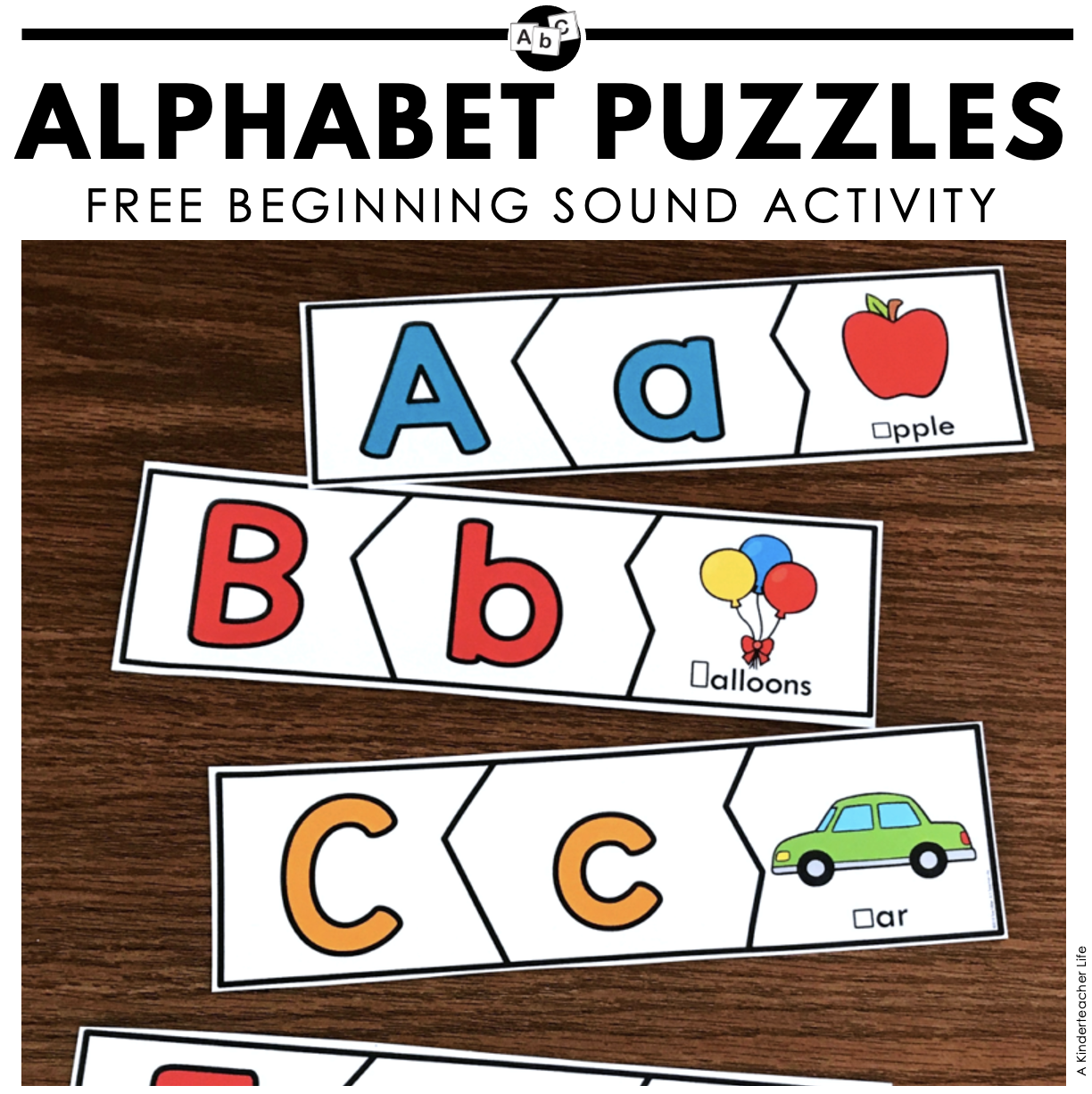
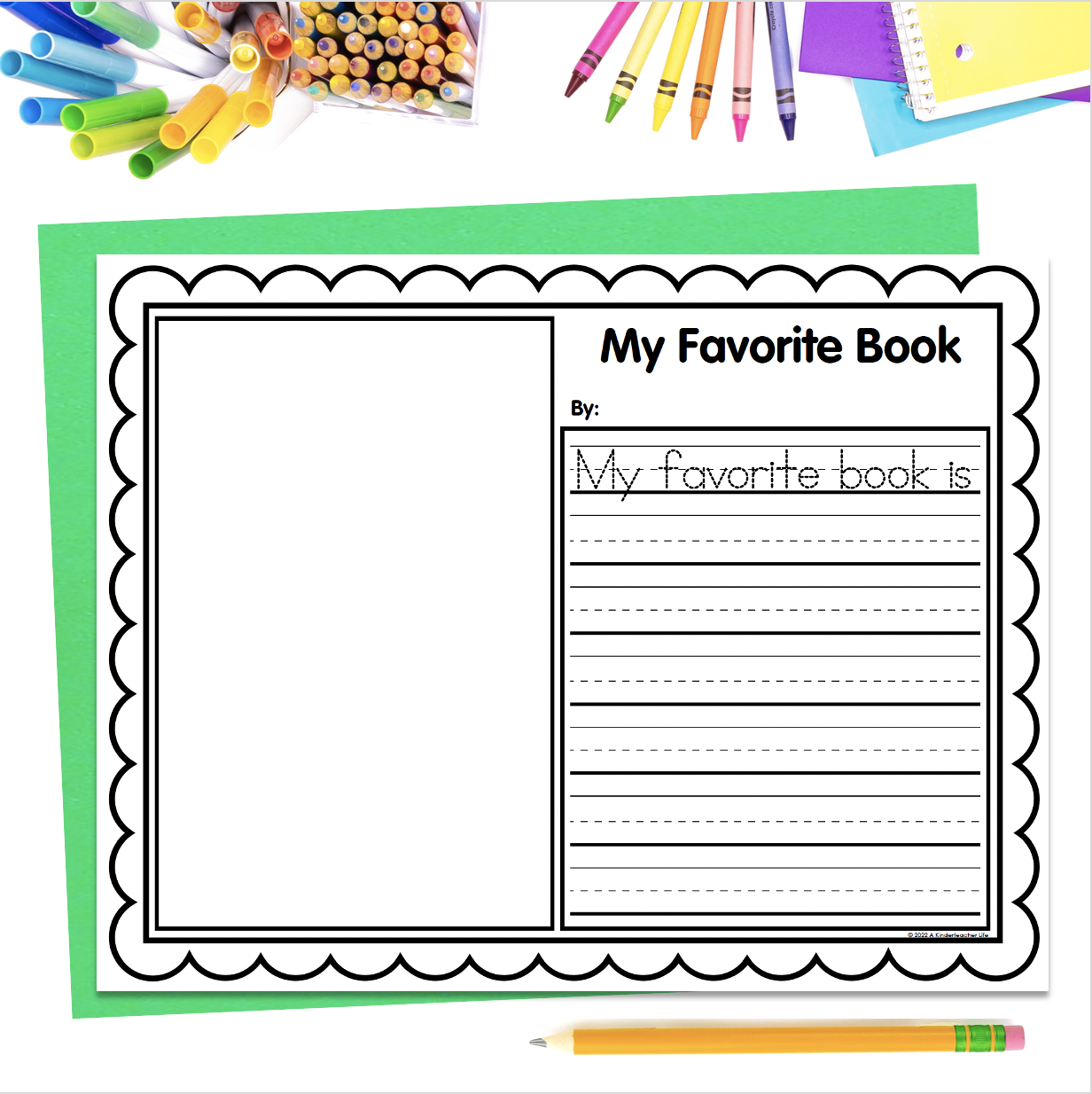

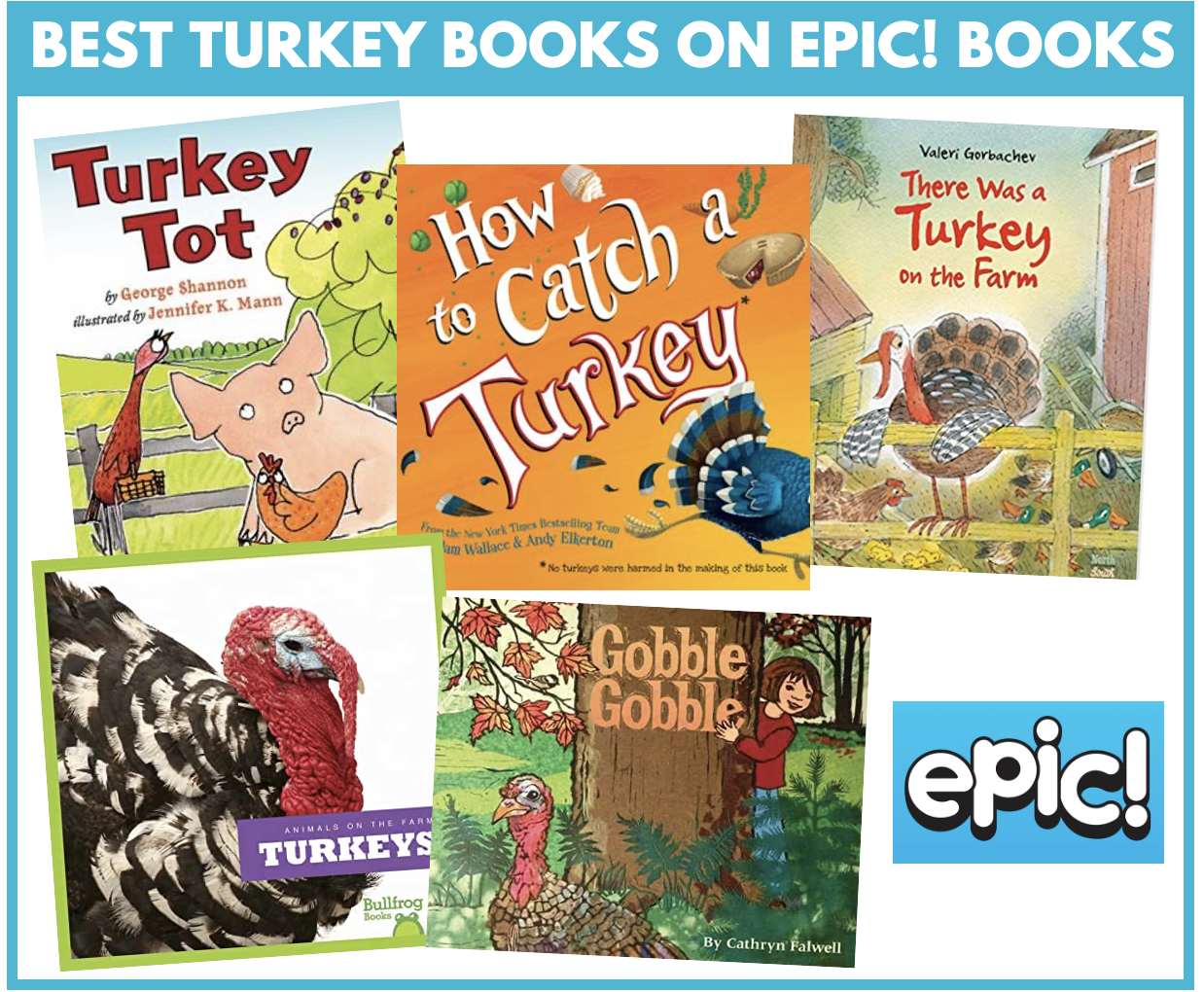

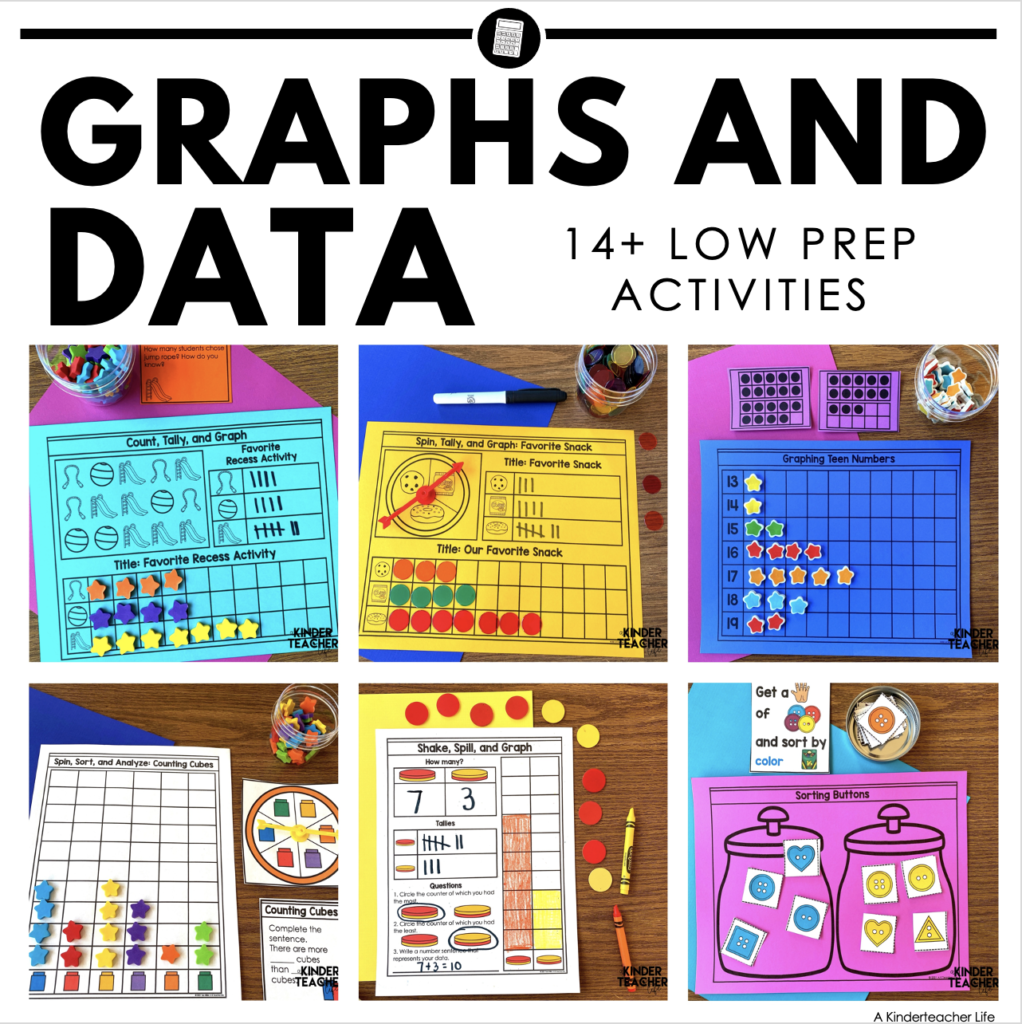
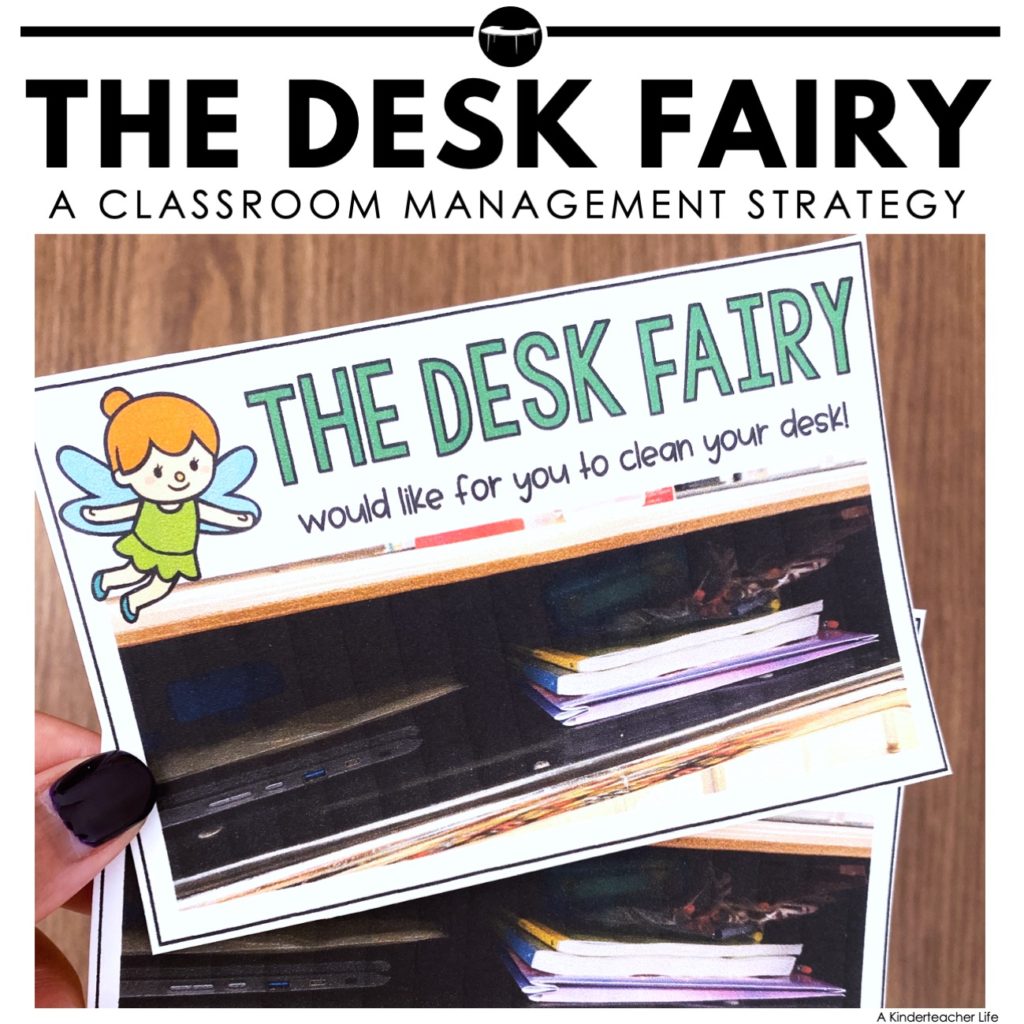

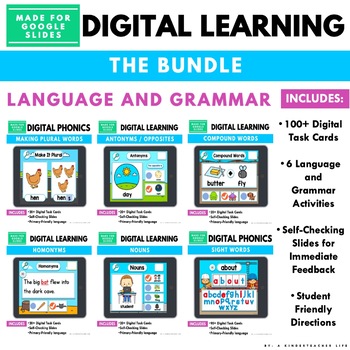
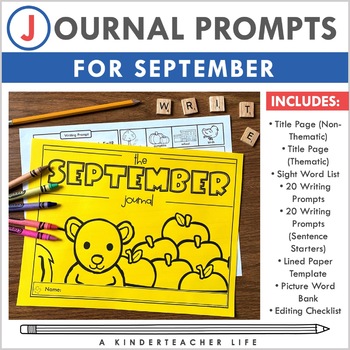
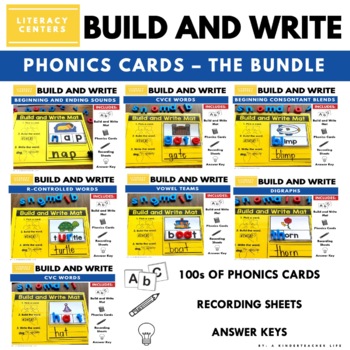

One Comment